Optimal Timing for Waterproofing Applications
Waterproofing is a critical process for protecting structures from water intrusion, which can cause damage, mold growth, and structural deterioration. The timing of waterproofing applications can influence their effectiveness and longevity. Properly scheduled waterproofing ensures that surfaces are protected during the most vulnerable periods, preventing costly repairs and maintenance.
Spring is ideal for waterproofing as temperatures are moderate, allowing materials to cure properly without the risk of freezing or excessive heat.
Summer offers warm, dry conditions that facilitate effective application and curing, especially for exterior surfaces.
Fall provides cooler temperatures and less humidity, making it suitable for preparing structures before winter.
Winter waterproofing is generally avoided due to freezing temperatures, which can impair the application process and material curing.
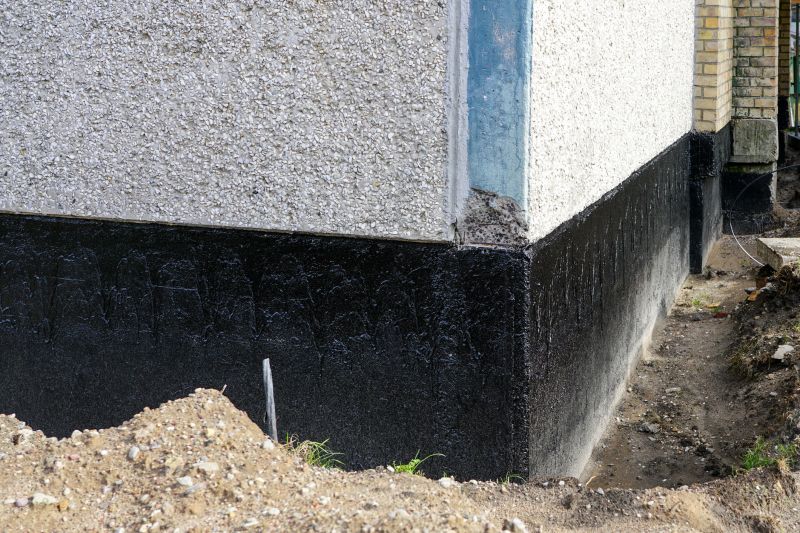
Surface preparation and application during spring ensure optimal curing conditions.
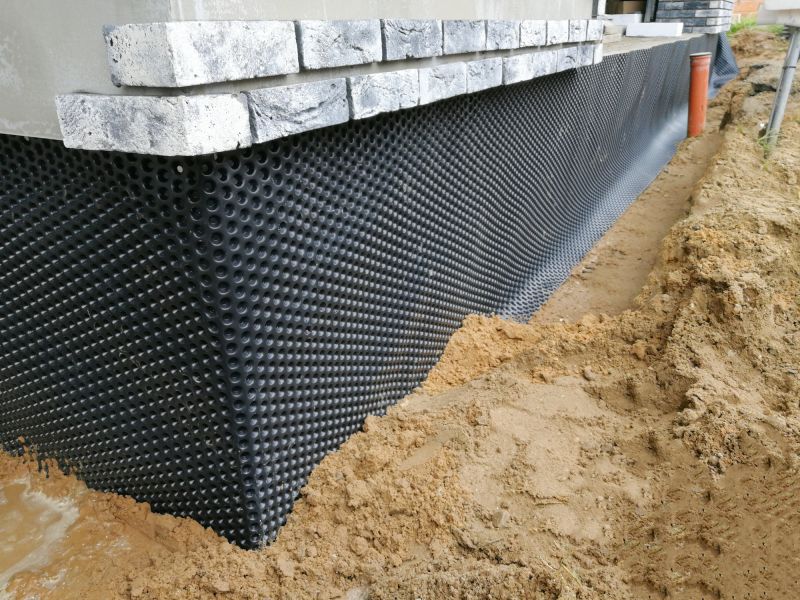
Warm weather helps achieve a durable waterproof barrier.

Applying waterproofing before winter protects structures from upcoming cold and moisture.

Ways to make Waterproofings work in tight or awkward layouts.
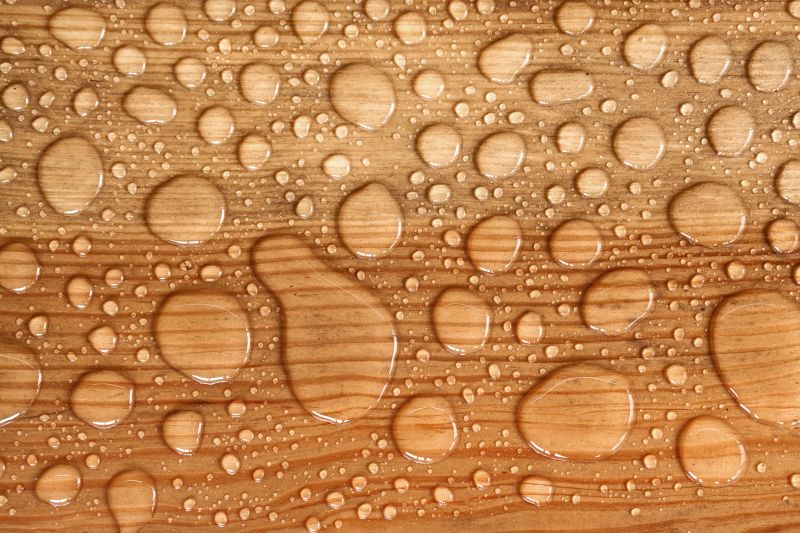
Popular materials for Waterproofings and why they hold up over time.
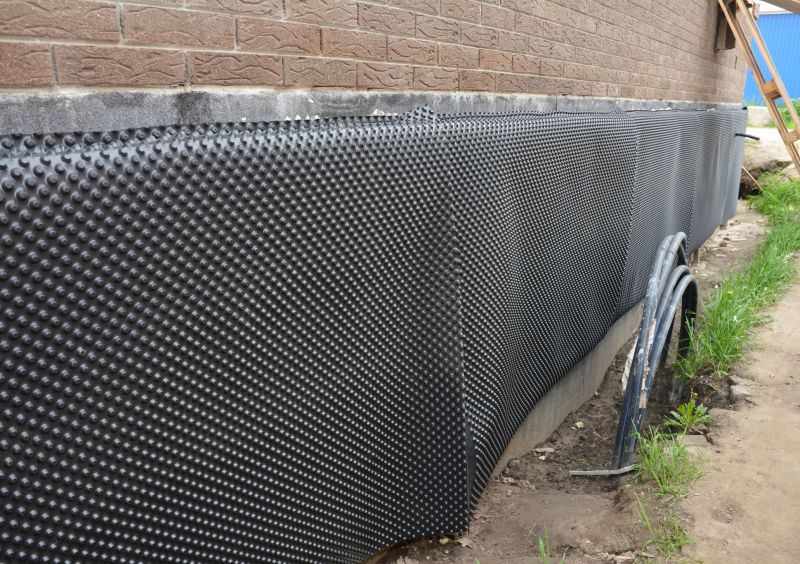
Simple add-ons that improve Waterproofings without blowing the budget.
| Season | Optimal Conditions |
|---|---|
| Spring | Moderate temperatures, low humidity, no frost |
| Summer | Warm, dry weather, high curing efficiency |
| Fall | Cool temperatures, low humidity, less rain |
| Winter | Not recommended due to freezing temperatures |
Waterproofings are essential for preventing water ingress in foundations, roofs, and walls. They serve as a barrier against moisture, helping to preserve structural integrity and indoor air quality. Proper application and timing are crucial for maximizing the lifespan of waterproofing materials, which include liquid membranes, sheet membranes, and sealants. Statistics indicate that effective waterproofing can extend the life of a building by several decades and significantly reduce repair costs associated with water damage.
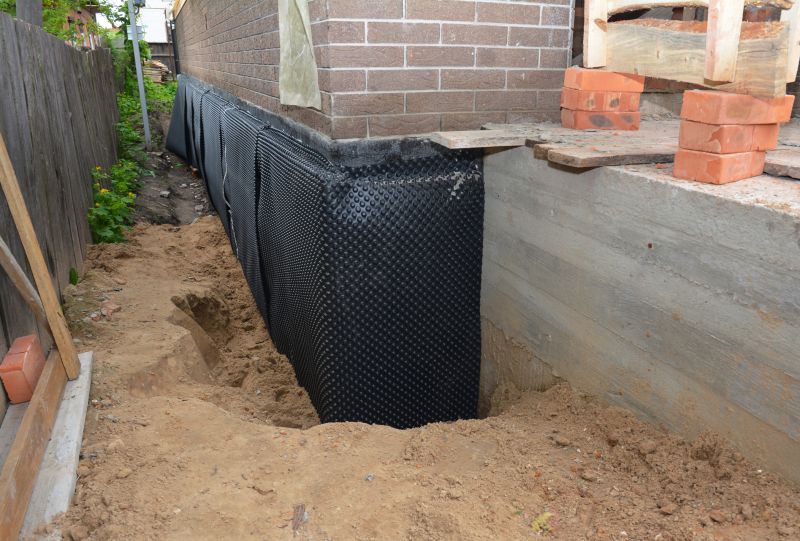
Application of membrane systems on building exteriors.
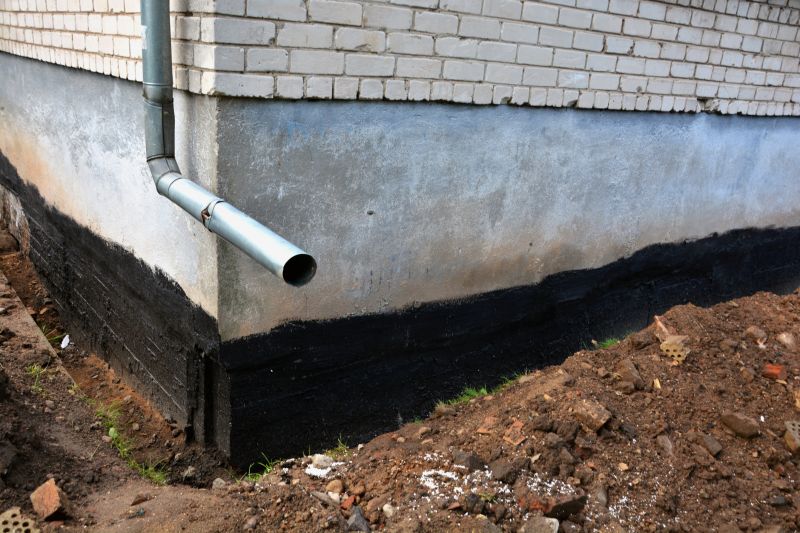
Sealing basement walls to prevent moisture intrusion.

Protecting flat roofs with liquid membranes.
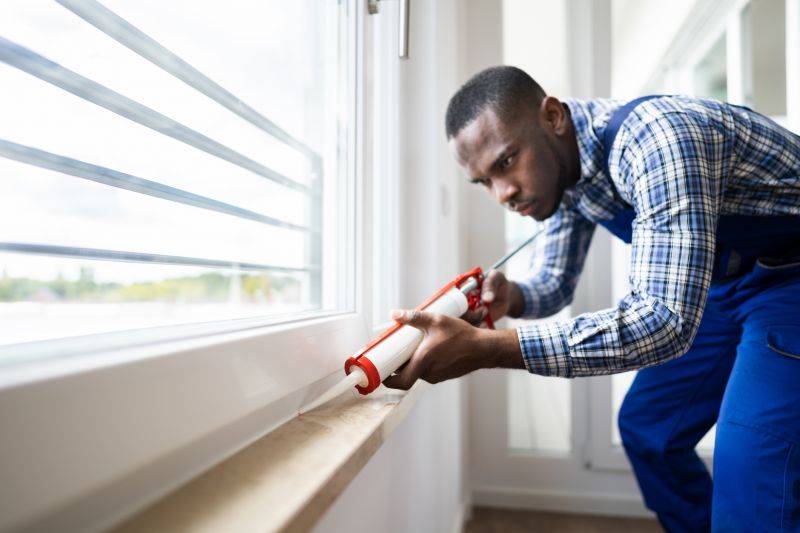
Using sealants around joints and penetrations.
Those interested in waterproofing services are encouraged to contact for further information. Proper scheduling and application techniques can ensure long-lasting protection against water damage, preserving the value and safety of structures in Trenton, MI.

